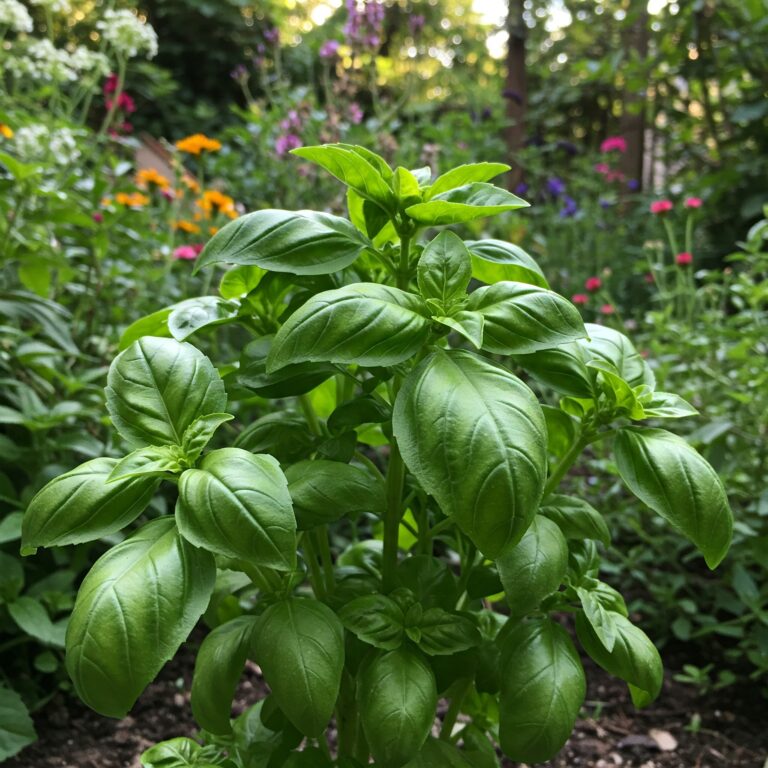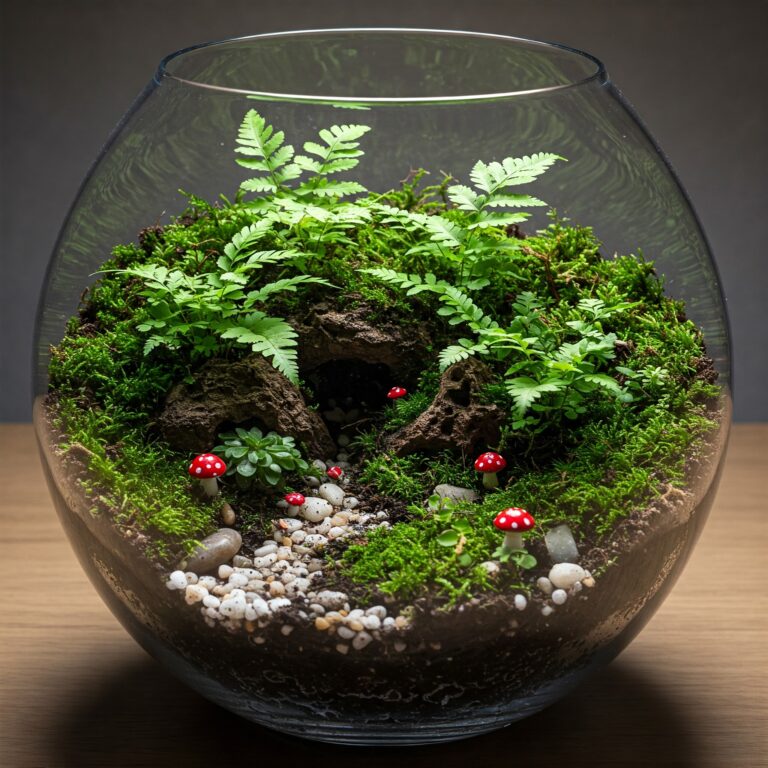Succulents are a popular type of plant known for their unique appearance and ability to store water in their leaves and stems. They are often grown as houseplants or in outdoor gardens due to their low-maintenance nature and adaptability to various environmental conditions.
One method of propagating succulents is to start them in soil, where they can develop a strong root system before being transplanted into a larger pot or garden.
However, some wonder if it is possible to transplant succulents from soil to water, as this can be a useful way to propagate plants without disturbing their roots. On the other hand, if you can transplant succulents from water to soil, is it possible to move them from soil to water?
In this article, we are going to discuss if you can transplant succulents from soil to water and how you can do it as an easy method of propagation.
Is it possible to transplant succulents from soil to water?
Yes, it is possible to transplant succulents from soil to water. But you can only move it in water to promote the growth of roots in the succulents.
However, if you want to plant the succulent in water long term, then it’s not an advisable to choice. Even though they can grow in water, you should not risk them on a long-term project. Water is a suitable propagation method only because it doesn’t have nutrients or microorganisms that promote the growth of plants.
After the roots have formed, you can move the plant back to the soil to continue growing. Soil contains nutrients and organisms that promote the plant’s growth.
However, you can not propagate all succulents through this method. Not because they don’t like water but because they need some nutrients to form roots.
So, what are some of the plants that you can grow in water?
- Echeveria
- Jade plant
- String of Pearls
- String of Nickles
- String of Bananas
What is water propagation?
Water propagation is a method of using water as a medium to root succulent cuttings. As a gardener, you believe that succulents don’t like water, and if you try to propagate it in water, it promotes root rot. What if you are wrong?
Yes, water promotes root rot when the plant is in the soil. But it’s a different case when the plant is in water.
Why do succulent cuttings not rot in water?
Succulents do not rot in water because water itself can’t create fungi unless organisms are present. If you use fresh drinking water, it doesn’t have organisms, and it’s not exposed to any fungus or pathogens.
For instance, the soil contains pathogens and fungi, and introducing water into the soil creates a suitable environment for the organisms to grow. That results in root rot.
So, since water as a medium has no pathogens present, the plant can’t suffer from root rot.
How to propagate succulents in water.
One thing you should know is that this method is easy and fun to increase your succulent collection, however, there is a possibility some succulent cuttings may not root. So, ensure that you do your research to find the succulent that has higher chances of rotting.
Here is a step-by-step process of propagating succulents in water;
Select a healthy succulent to propagate.
When propagating a plant, choose a healthy succulent to increase the chances of forming roots. Also, ensure the plant has either finished or is yet to bloom.
Prepare your cuttings
After finding the succulent, use a sharp garden knife to snip about 2 to 4 inches of the stem ¼ inches from the node. Ensure the stem has a few leaves. If the stem is not visible, cut the lower leaves to give you enough space to cut. Ensure that you make a sharp cut.
Place the cutting in a try and let them dry for 2 to 3 days.
Prepare a glass container.
Most people prefer to use glass containers because they allow you to look at the progress and see when the roots have formed. It prevents removing the plant daily to confirm whether the roots are forming.
Add purified drinking water into the container and wrap the top with a plastic. The plastic is there to hold the plant from fully submerging in water.
Place the cutting in water.
Pop a hole in the plastic wrap and submerge the stem of the cutting in water. Some people choose to let the stem touch water, and others prefer to let it stay above the surface of water to seek moisture and start growing. Both methods work, and you can choose whichever works for you.
Place the cuttings in a bright area and let them grow. Propagation usually takes 2 to 6 weeks, depending on the environment. You can check on the plant to ensure the water doesn’t dry up.
How to care for succulents when growing them in water
Growing succulents in water can be a fun and rewarding way to propagate new plants, but it is important to take proper care of the cuttings to ensure their success. Here are some tips for caring for succulents when growing them in water:
- Choose healthy cuttings: When selecting succulent cuttings to propagate in water, look for healthy leaves or stem sections free from damage or disease. Be sure to use a clean, sharp knife or scissors to cut, and allow the cutting to callus over for a day or two before placing it in water.
- Use a clear container: Choose a clear container that allows you to easily monitor the roots and water level of the succulent cutting. A glass jar or vase can work well, allowing you to appreciate the unique shapes and textures of the roots as they grow. It also makes it easy to know the roots start growing.
- Use distilled or filtered water: It is best to use distilled or filtered water when growing succulents in water, as tap water can contain minerals and chemicals that can harm the plant. If you must use tap water, allow it to sit out for a few days to let the chlorine evaporate before adding it to the container.
- Maintain the water level: Keep the water level in the container consistent, ensuring that the bottom of the cutting is submerged but that the leaves or stem are not touching the water. Check the water level regularly and top it up as needed.
- Provide adequate light: Succulent cuttings grown in water still need plenty of light to thrive. Place the container in a bright, sunny location, but avoid direct sunlight, which can cause the water to heat up and harm the roots.
When to transplant succulents from water to soil.
Once the roots have grown, you can transplant the plant to soil. However, you can choose to leave it in water to grow if you don’t want to transplant.
The best time to transplant your succulents from water to soil is after 6 to 8 weeks, when the roots are at least an inch long, and the mother leaf has started to dry out. Here are some signs that your succulent is ready to be transplanted:
- The cutting has developed strong roots that can support the whole plant.
- The roots are at least an inch long. Long roots provide a strong foundation in the soil, and they can support themselves in the soil.
- The leaves and stems are showing signs of stress, such as starting to turn yellow, wilt, or turn brown. These signs usually mean the plant is not receiving enough nutrients.
- The water becomes dirty. As the roots of your succulent cutting grow, they may release waste into the water, causing it to become cloudy or dirty. This can be a sign that it is time to transplant the cutting into soil and start providing it with a different source of nutrients.
Conclusion
It’s possible to transplant succulents from soil to water to grow the plant in water. Not many people prefer this method, but it is possible. It’s a good method of growing succulent, and you can view the beauty of growing roots through a glass container.
On the other hand, you can use this method to propagate succulent cuttings, and once the roots are ready, you can transplant it back to the soil. It is an easier and cheaper method of creating more succulents.



